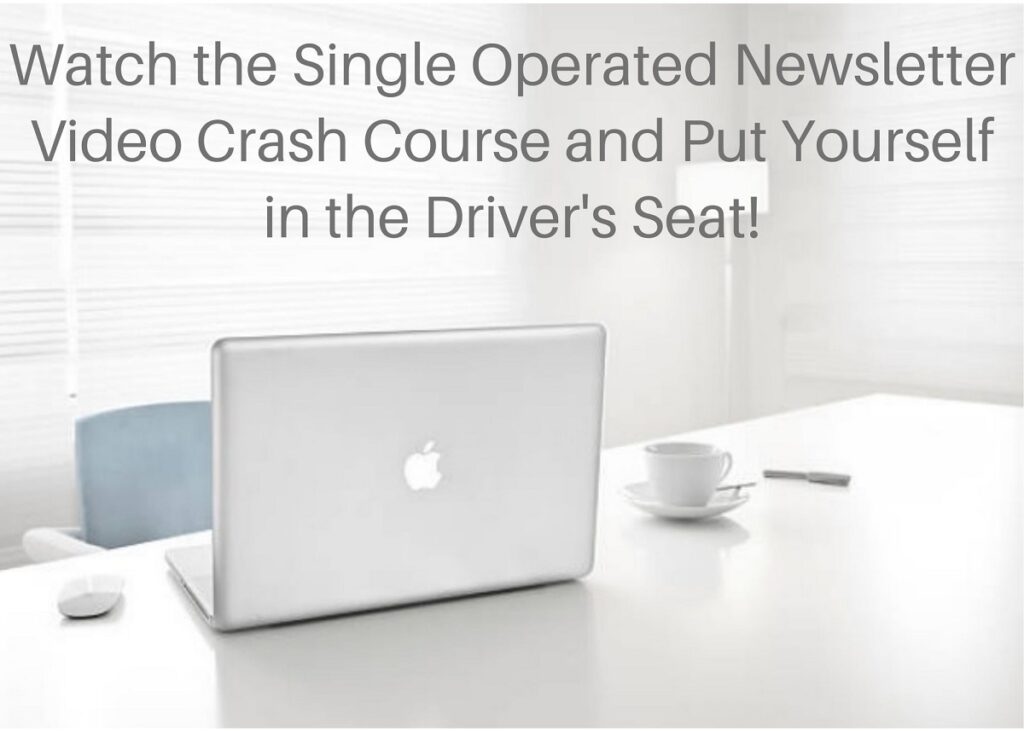Tiago Forte’s Second Brain method helps people to save their best ideas, organize their learning, and expand their creative output. This concept is focused on behavior and habits first, rather than tools, and consists of 4 universal steps called CODE. (COLLECT/ORGANIZE/DISTILL/EXPRESS).
In Tiago’s words:
“Building A Second Brain is a methodology for saving and systematically reminding us of the ideas, inspirations, insights, and connections we’ve gained through our experience. It expands our memory and our intellect using the modern tools of technology and networks.”
As a single operated newsletter creator, Tiago’s most important point is not only “…preserving those ideas, but turning them into reality”.
For our purposes that “reality” is the PaidLetter.Com digital products that your subscribers are anxiously waiting to receive.
Running a single operated newsletter will require you to manage many different kinds of information – emails, text messages, messaging apps, online articles, books, podcasts, webinars, memos, and many others.
The Second Brain – A Life-Changing Productivity System
At first blush, it’s easy to dismiss Tiago Forte’s Second Brain. After all, he’s talking about taking notes. And you have been taking notes since grade school right?
Well, not exactly.
You see there’s a little thing called Moore’s Law.
Moore’s Law refers to Moore’s perception that the number of transistors on a microchip doubles every two years, though the cost of computers is halved. Moore’s Law states that we can expect the speed and capability of our computers to increase every couple of years, and we will pay less for them.
What this means is that information is increasing at a phenomenal rate.
From an article on Industry Tap written by David Schilling, the host went on to say that not only is human knowledge, on average, doubling every 13 months, but we are also quickly on our way, with the help of the Internet, to the doubling of knowledge every 12 hours. To put it into context, in 1900 human knowledge doubled approximately every 100 years. By the end of 1945, the rate was every 25 years. The “Knowledge Doubling Curve”, as it’s commonly known, was created by Buckminster Fuller in 1982.
To go further down the rabbit hole combine this with Ray Kurzweil’s (Head of Google Artificial Intelligence) “singularity” theory and Google’s Eric Schmidt and Jared Cohen’s ideas which are discussed in their book, “The New Digital Age: Reshaping the Future of People, Nations, and Business” and you have some serious changes to technology, human intelligence, and business coming down the pike whether you are prepared for it or not.
Tiago’s brilliant insight is that we already have a Second Brain! It’s just scattered all over our environment. Both digital and physical; on sticky notes, hidden in desks, written in books, computer files, etc. Yet there is no order to this second brain in its current state. And in organizing these notes is where we will find their usefulness.
The Need for Curation
As individuals we are constantly assessing our world and the daily “situations” we encounter through the lens of whether a scenario is “good for me/bad for me.” The importance of such an evaluation is consistent with the general idea that we automatically evaluate stimuli. (Barrett, 2005).
Instant influence, primitive automaticity, modern automaticity, and sacred shortcuts represent decision-making timesavers that we will most likely always adopt because, as Robert Cialdini explains, our world has become overwhelmingly complex, information-intensive and fast-paced. A heightened awareness of the influence factors Cialdini describes, such as reciprocation, consistency, social proof, liking, authority, and scarcity, means our ability to make better decisions improves.
It is because this massive amount of information (data) constantly assaults us at breakneck speeds that we shortcut and curation.
(More about curation in a moment – back to Tiago’s Second Brain)
The Building a Second Brain methodology is broken down into several parts:
Part I: Organizing for Insight
The first step in building a second brain is “capturing” the ideas and insights you think are worth saving.
Part II: Digital Cognition
Once you start collecting valuable knowledge in a centralized place, you’ll naturally start to notice patterns and connections.
Part III: Progressive Summarization
You need a note-taking system that balances discoverability with understanding. Compression, making notes smaller, simpler, and easier to digest is an important component of the system.
Part IV: Maximizing Return on Attention
We invest attention in tasks and we want to make sure we see valuable returns for that effort. Think of Return On Attention like ROI.
Part V: Just In Time Project Management
Encoding information is a slow accumulation over time, orderly and calm. Retrieval happens all at once often chaotic and goal-driven.
The Cycle of Information Leads to Knowledge Management
Identify
Capture
Organize
Interpret
Verify
Create
Share
Preserve
*Summarize
Review
Re-evaluate
Re-use
These are the components of Tiago Forte’s Building a Second Brain. If you are dealing with data to create projects (S.O.N.) then BASB is a valuable resource. But the bottom line with note-taking is if you are not using the gathered information in some project or for a purpose it is an utter waste of time (i.e. Life)!
The Profit in Curation
It is in the summation of this Cycle of Information that your fortune will be made from a single operated newsletter.
People need shortcuts because of the ridiculous amount of information thrown at us not daily but hourly!
Learn how to help with this quest for simplification and build a business that can change your lifestyle.
